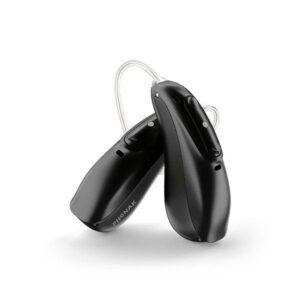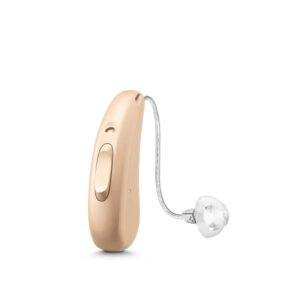The level of hearing loss that a person experiences can vary. People with normal hearing ability can usually hear sounds of 25 dB or less across the frequency spectrum from 125 Hz to 8,000.
If we talk about Profound hearing loss then it is defined to be as a classification of hearing loss where a person cannot hear sounds below 90 Hz. It means this condition of hearing loss is very much extreme and complicated. The person dealing with profound hearing loss can’t even hear a person opposite shouting at them, or a television turned up high. In simple words, a person with profound hearing loss will not hear any speech and only very loud sounds.
People can experience profound hearing loss because of certain reasons. Many individuals with this condition have hearing loss from birth, while others acquire it through injury or infection during their lives.
Profound hearing loss can be a significant challenge, which can impact various aspects of life, from communication to social interactions and overall well-being. However, modern hearing aid technology has made tremendous strides, providing effective solutions for individuals with profound hearing loss.
Many people think that people with profound hearing loss cannot benefit from hearing aid machine, but this is not true.
It turns out that almost every major hearing aid brand provides a hearing aid device for users who typically cannot hear sounds below 90 dB. Other than being slightly larger than regular hearing aids, these power or super-power versions offer many of the same functions as regular hearing aids.
Hearing aids for the profoundly deaf are larger because of their need to be louder. The battery and the speaker unit both need to be bigger to provide the extra energy to make louder noises. Due to their size and ability to be outfitted with all the necessary technology to help you hear once more, behind-the-ear (BTE) hearing aids are the most frequently suggested for those with hearing loss.




